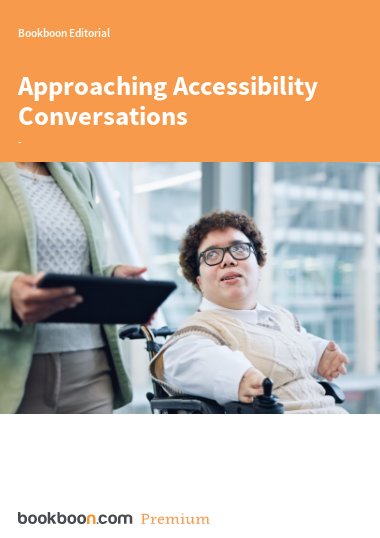Words matter. The way disability is talked about in the workplace – whether intentional or not - can either empower people or create barriers. And not talking about it at all can send the message that it’s something to hide or isn’t important enough to address. Our language shapes how others see themselves and how they are perceived.
When considering inclusive language around disability, it’s essential to consider the difference between person-first and identity-first language.
Rachael Mole, in her audio Accessibility and the Power of Language, explains the nuances of person-first and identity-first language:
-Person-first language is saying a person with a disability.
-Identity-first language would be saying a disabled person.
She stresses that neither is wrong, but they mean different things to different people. Some people prefer the focus to be on their personhood, while others feel that their disability is a core part of their identity and want it to be acknowledged. The best way to ensure you use the right language is to simply ask ‘What do you prefer to be referred to?’ or ‘I noticed you refer to yourself as [X]. Is it ok if I do too?’
How to approach a conversation
Remember, in many countries, including the UK, it’s illegal to directly ask an employee if they have a disability. However, creating an open and supportive environment can encourage employees to voluntarily share any needs or accommodations.
If someone has disclosed a disability and you want to make sure that you use the right language and that they feel supported and confident to work in their best way, it is important to approach the conversation correctly, in a private setting, like a one-to-one. It can feel awkward, especially if you’re afraid of saying the wrong thing, but remember to ask your questions appropriately and respectfully.
Use neutral language that focuses on the person and their needs, not the disability itself. Ask questions such as: ‘How can we support you?’ or ‘What changes would help remove barriers in your work environment?’ Your job is to actively listen. Don’t interrupt or try to offer solutions immediately. And if someone doesn’t want to talk about it, don’t take that as a personal attack or rebuff.
How to make inclusive language part of your culture
Mole stresses the importance of letting your employees know that discussions about disability and accessibility are welcome and encouraged.
1.Make it a topic of conversation. Bring it up in your team meetings. Invite conversations if people are open about it. Ask others to bring ideas and thoughts.
2.Highlight disability awareness days. July is Disability Pride month, and there are plenty more moments throughout the year where you can raise awareness around disability. Share thoughtful content in your internal communications. Invite employees to share their story or invite external advocates in your industry to talk.
3.Look at your employee resource groups (ERG). If you don’t have a disability-specific ERG, reach out to your broader inclusion group.
Language is more than just a tool for conversations. It plays a crucial role in shaping workplace culture. Leaders who use respectful, inclusive language set the tone for everyone else. By using inclusive, respectful language, you can help create an environment where everyone feels like they belong.
Listen to Rachael Mole as she talks about the importance of Accessibility and the Power of Language.


